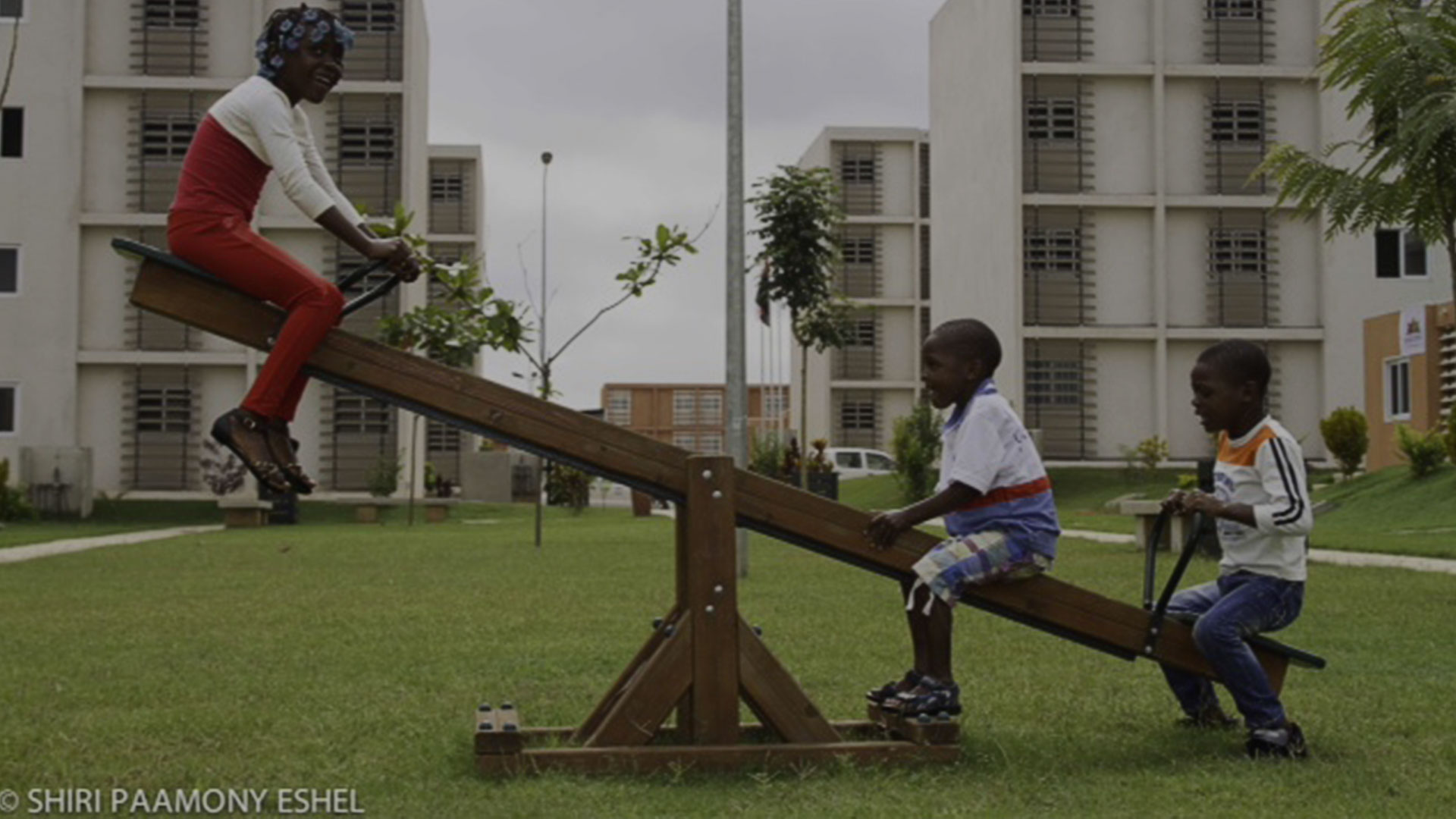
AAC Africa AND THE SDGs
Achieve higher levels of economic productivity through diversification, technological upgrading and innovation, including through a focus on high-value added and labour-intensive sectors.
Promote development-oriented policies that support productive activities, decent job creation, entrepreneurship, creativity and innovation, and encourage the formalization and growth of micro-, small- and medium-sized enterprises, including through access to financial services.
By 2030, achieve full and productive employment and decent work for all women and men, including for young people and persons with disabilities, and equal pay for work of equal value.
Promote inclusive and sustainable industrialization and, by 2030, significantly raise industry’s share of employment and gross domestic product, in line with national circumstances, and double its share in least developed countries.
By 2030, upgrade infrastructure and retrofit industries to make them sustainable, with increased resource-use efficiency and greater adoption of clean and environmentally sound technologies and industrial processes, with all countries taking action in accordance with their respective capabilities.
By 2030, ensure access for all to adequate, safe and affordable housing and basic services and upgrade slums.
By 2030, provide access to safe, affordable, accessible and sustainable transport systems for all, improving road safety, notably by expanding public transport, with special attention to the needs of those in vulnerable situations, women, children, persons with disabilities and older persons.
By 2030, enhance inclusive and sustainable urbanization and capacity for participatory, integrated and sustainable human settlement planning and management in all countries.
IMPACT FACTS
Integrated low-cost eco-friendly construction system for diverse buildings, community and residential housing projects that use Autoclaved Aerated Concrete (AAC) - a technically adaptable material that complies with green and economic requirements.
AAC is made from mostly natural raw elements, including sand, quick lime, cement, calcium sulphate, water and air (75%). It’s internationally recognised for being durable, pollution and emissions free, as well as fire, termite and pest resistant and for providing high thermal and acoustic insulation. Product and project cycle involve minimal use of natural resources, reduced consumption of energy, minimal onsite waste on construction phase and recycling of waste material.
Kora Housing Project “My Dream, My House” – National Program of Urbanism and Housing
- 15,500 affordable apartments/houses of 100 m2 (3500 structures) forming 8 new suburban neighbourhoods – “Centralities” - in 5 provinces
- 3 Centralities delivered with 5,265 houses, stores, schools and urban facilities
- 25,800 people served
- Around 60 local suppliers
- Around 4200 workers – 75% national staff hired and trained
- 20 m3 onsite waste avoided per apartment in the construction phase
Other structures
- 10 employment and entrepreneurship centres (CLESE)
- 3 Agricultural Research Stations
- Youth Village of Moxico - Agricultural training centre -study and living environment. Housing and class facilities
- Larviculture Centre in Dondo - Fish reproduction centre
- Fishing Center Offices – Larviculture Supervision Center of Porto Amboim
THEORY OF CHANGE
AAC Housing
The ACC Africa's main impacts are facilitating that householders have access to safe, adequate and affordable houses. And that thecivil construction sector develop towards quality, durability and efficiency of public buildings in Angola.
Read more below
